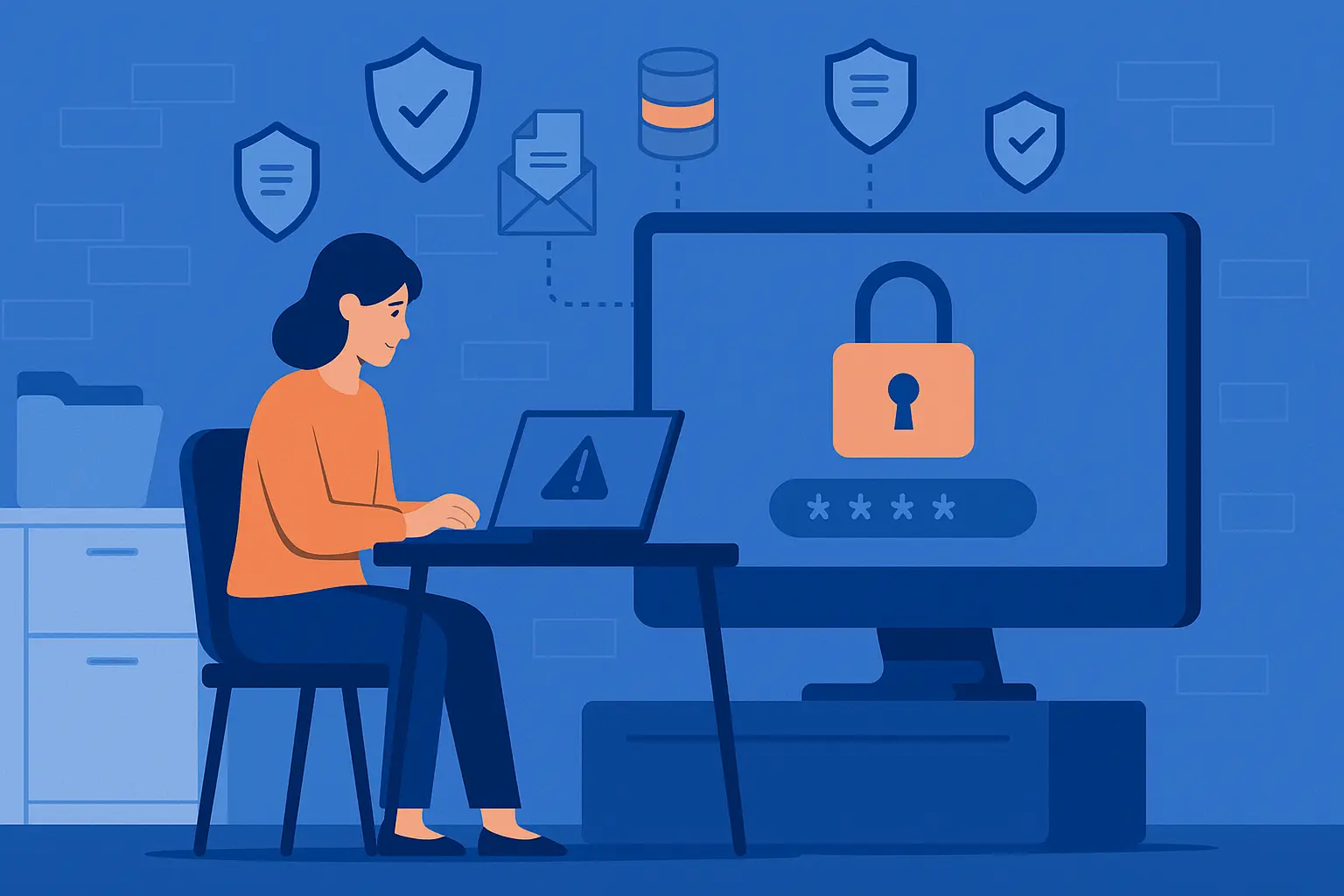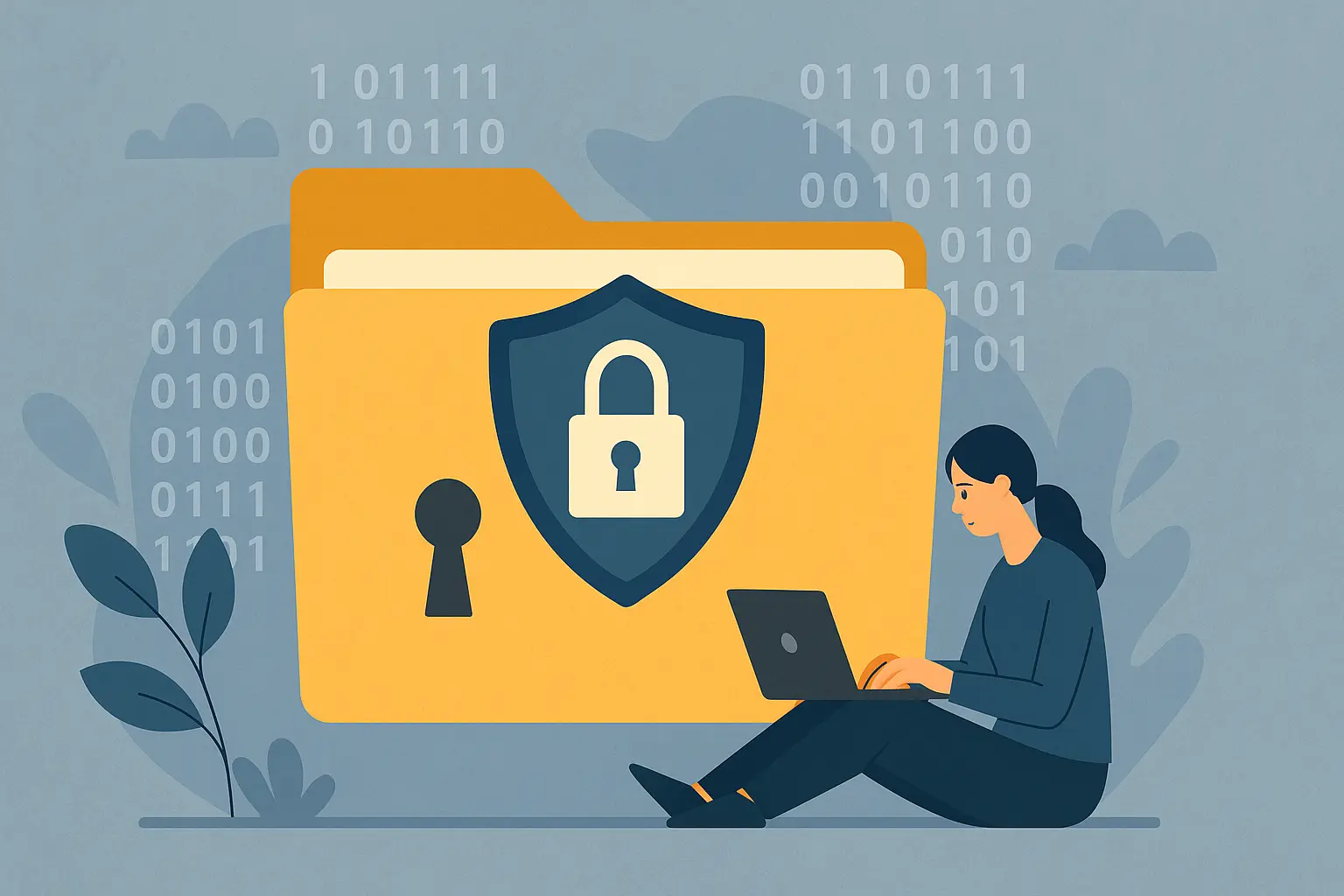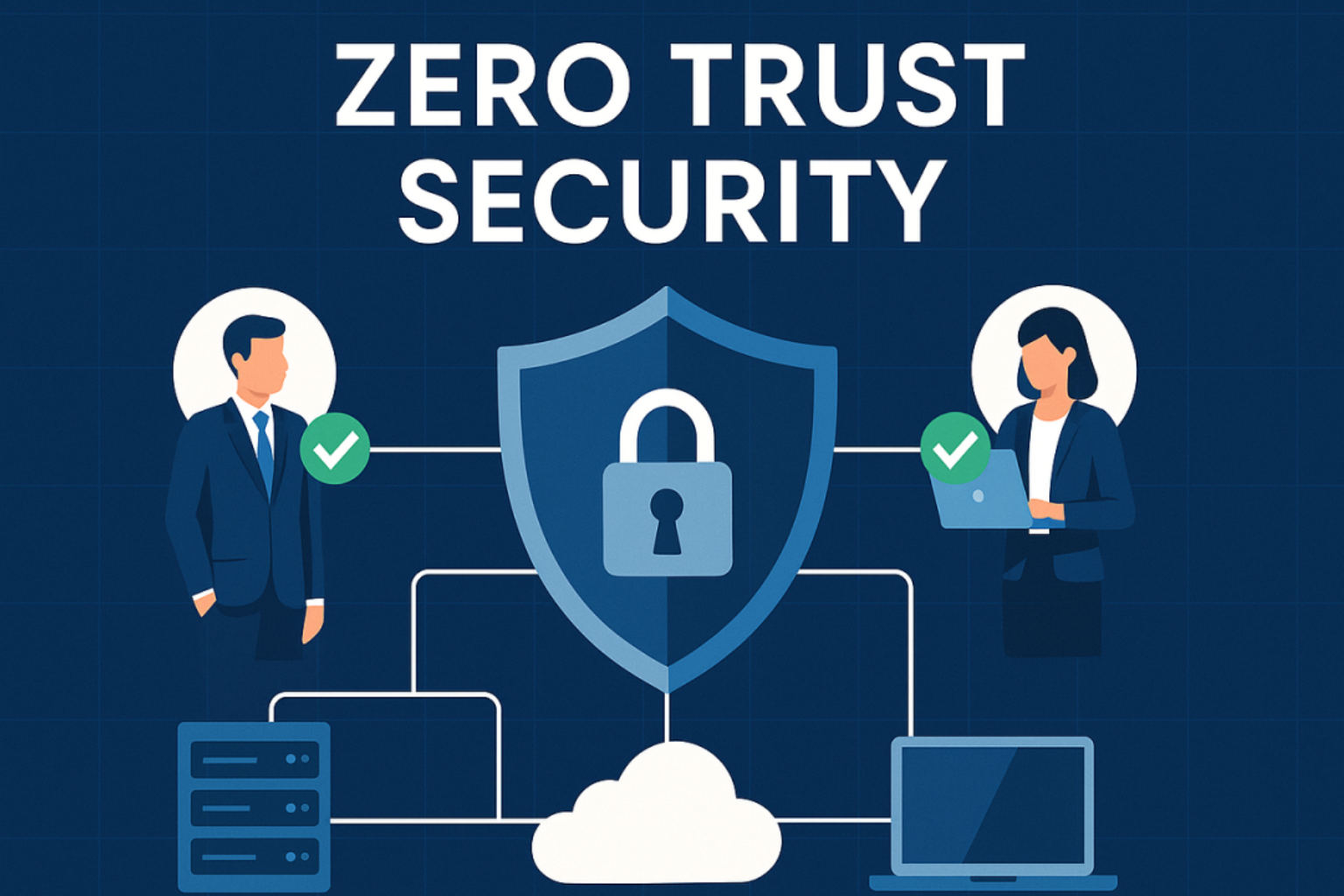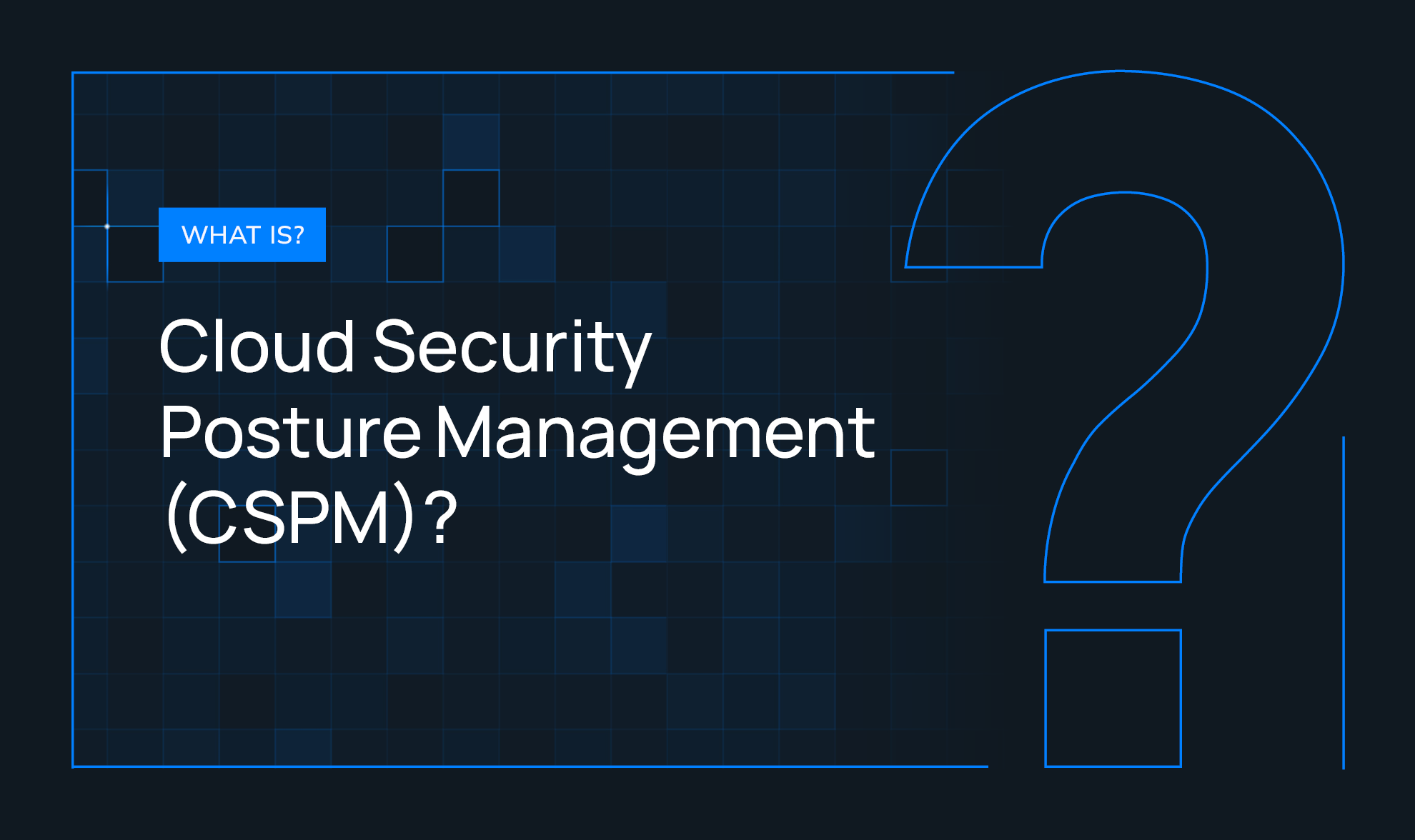
What is Data Loss Prevention (DLP)? Your Simple Guide to Data Security
Data loss is a serious issue for businesses today. It can damage a company’s reputation and lead to big fines.
This is where data loss prevention comes into play. It is often referred to as DLP, and it is a means of ensuring that sensitive information does not leak or get stolen.
Any business that manages personal information needs to understand what DLP is. Due to strong regulations such as GDPR and DPDP, data protection is not only a wise decision, but a necessity. Banking, health, and online sales companies require this to remain safe and comply with the law.
Redacto is one of the tools that can assist with this challenge. Their intelligent softwares ensures that data remains safe and complies with regulations such as GDPR and CCPA.
What is Data Loss Prevention (DLP)?
The term DLP, or data loss prevention, is a tactic of preventing sensitive information loss or theft. It is also referred to as data leak prevention or data loss protection.
The strategy monitors data to intercept risks before they become large problems. Data loss prevention (DLP) tools intercept personal information such as personal details in an email. They aid in DLP security, preserving customer or business data.
Companies can save trouble by knowing what data loss prevention is. They are a major component of DLP cyber security ensuring that no data falls through the cracks of today’s world.
Why is DLP Important for Data Security?

DLP plays a huge role in keeping data secure for businesses. Without data loss prevention, companies risk losing trust and facing heavy costs from breaches.
- Stops Costly Breaches: Data leak prevention helps avoid data loss that can lead to fines or lawsuits. It saves money by catching issues early before they grow big.
- Protects Customer Trust: With DLP security, businesses show they care about client info. Losing data can push customers away, but DLP keeps their details safe.
- Guards All Data Types: DLP cyber security works on data whether it’s sitting still, moving, or being used. This full cover stops leaks at every step.
- Meets Legal Rules: Laws like GDPR and DPDP demand strong data care. Data loss protection ensures companies follow these rules and avoid legal trouble.
- Fights Many Threats: From insider mistakes to outside attacks, what is DLP is about tackling all risks. It’s a shield against errors and hackers alike.
How Does DLP Help with Compliance to Privacy Laws?
Data security is not only about safety, but it is also about laws. Extensive regulations in numerous countries compel companies to safeguard personal information, and data loss prevention can assist in this task.
DLP security guarantees that secret information is not leaked or used inappropriately which is a significant part of laws such as GDPR, DPDP, and CCPA. These regulations request businesses to regulate access to data and disclose breaches within a short time.
To illustrate, GDPR requires powerful data protection within Europe, whereas DPDP centers on personal data in India. These tough standards require robust prevention, and data leak prevention tools identify the risks and seal the leaks.
Failure to stipulate with what is DLP might expose the firms to fines or even law suits. DLP will make sure you are on the correct side of such privacy laws.
Types of DLP Solutions
Data loss prevention comes in different forms to fit a business’s setup. Each type of DLP security targets specific areas where data could slip out, ensuring full protection.
Network DLP
Network DLP pays attention to data flowing within the online systems of an enterprise. It monitors email, file transfers and user activities on the web, to intercept leaks before they enter the network. Using data leak prevention, it prevents sensitive information falling into the wrong hands. This is critical to fulfilling legislation such as GDPR and DPDP by encrypting data in transit.
Endpoint DLP
Endpoint DLP protects the data on a device such as laptop, phones or USB drives. It prevents leakage in case employees are working remotely or are travelling. In this case, the data loss protection prevents unauthorized copying or sharing of files. The necessity of DLP cyber security to protect personal data within regulations such as CCPA HIPAA is mandatory.
Cloud DLP
Google Drive or Dropbox are online spaces where data are stored or used and which are shielded by Cloud DLP. It monitors threats to common files or applications, and it is data leakage prevention. This category is suitable to those shifting to the cloud. DLP in this space assists in adhering to GDPR and DPDP by achieving remote access to data security.
Key Components and Types of DLP Solutions
Data loss prevention uses specific parts and methods to secure info. Here are the main steps to understand how DLP tools function for businesses.
- Identify Sensitive Data: DLP meaning starts with finding important info like personal details. Tools scan files and systems to tag what needs protection, a key step for safety.
- Monitor Data Movement: Data leak prevention watches how data travels via email or USB. It tracks usage to spot odd actions that could mean a leak is about to happen.
- Block Unauthorized Access: With DLP security, tools stop data from leaving without approval. They set rules to prevent sharing outside safe zones, keeping breaches at bay.
- Alert on Risks: Data loss protection sends warnings if something looks wrong. Alerts help teams fix issues fast before they break laws like GDPR or DPDP.
- Adapt to Environments: DLP cyber security fits different setups—network, device, or cloud. Each type, like Endpoint or Cloud DLP, targets specific areas to ensure full coverage.
Conclusion
Data loss prevention is a must for keeping data safe and following laws like GDPR, DPDP, and CCPA. DLP security stops leaks and builds trust with customers.
Redacto offers a strong platform to handle these needs with tools like Data Discovery. It helps businesses stay secure and compliant with privacy rules easily. Check out more on what is DLP today!
FAQs
1. What is Data Loss Prevention (DLP)?
Data loss prevention, or DLP, is a way to stop sensitive info from getting lost or stolen. It uses tools to watch and protect data from leaks or misuse.
2. Why is DLP important for businesses?
DLP security keeps customer and company data safe from breaches. It avoids fines under laws like GDPR and builds trust, making data leak prevention vital for any business today.
3. How does DLP help with privacy laws?
Data loss protection ensures compliance with rules like DPDP and CCPA. It stops data leaks and tracks usage, helping companies meet strict legal standards without facing penalties.
4. What types of DLP solutions exist?
DLP cyber security includes Network, Endpoint, and Cloud DLP. Each type guards data in different places—online transfers, devices, or storage—ensuring full data leakage prevention for businesses.
5. How can companies start using DLP?
Start with what is DLP by finding sensitive data and setting rules. Use DLP data loss prevention tools to monitor and block risks, keeping info safe from threats.




%20Redacto%20logo_New.png)
.jpg)





